
Outdoor Adventure Essential Self-help Manual
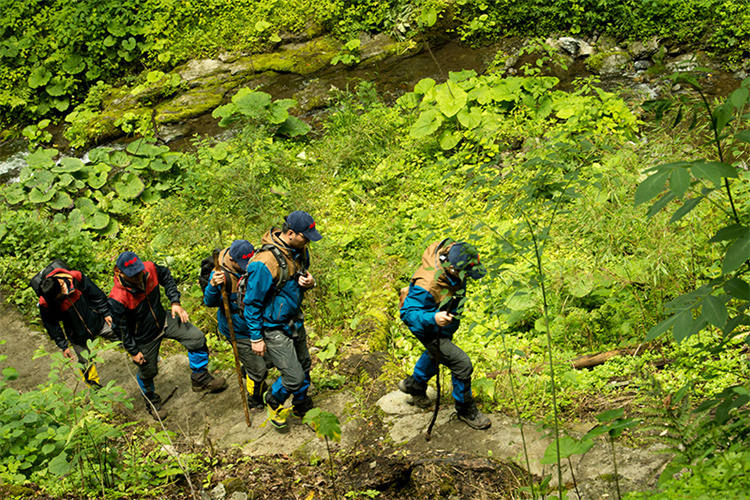
The correct method of seeking help.
If you cannot describe your location accurately, you should describe your starting position, direction, walking time and surrounding scenery in as much detail as possible so that the rescue party can speculate on the specific area and improve the efficiency of search and rescue.
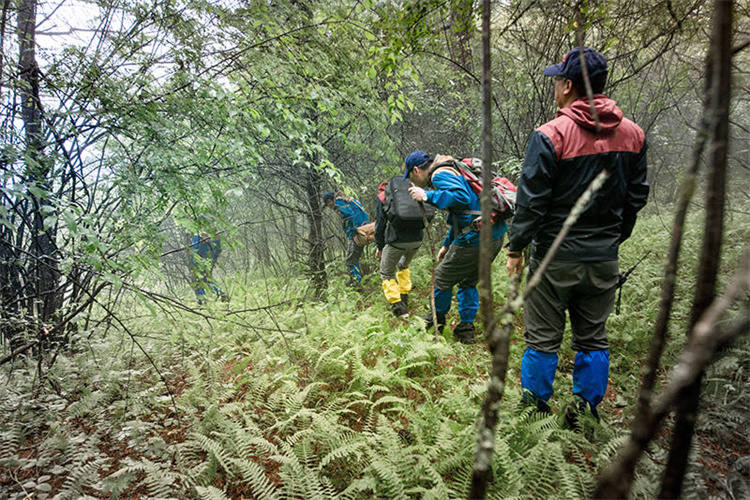
If you are unable to notify the outside world by phone, use sound, light and shadow, wolf smoke, etc. to continuously send distress signals.
Flag signal. If you have no equipment whatsoever, only a hat or a flag, then there are techniques for hat waving. You can face the direction of rescue through hoods, hats, clothing, etc., for a long time regularly around the "8" to attract the attention of others. After the distress signal is sent out, you should also keep passing this information until the rescuers are guided to come.
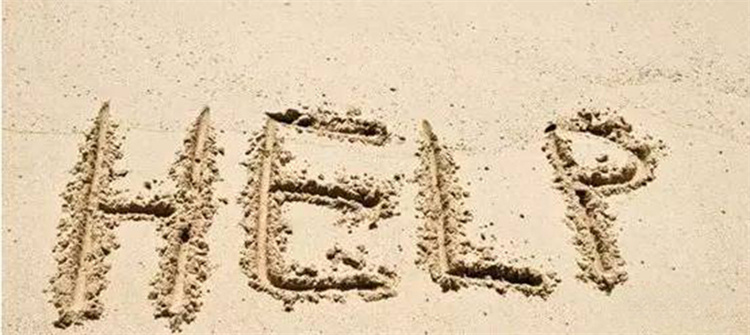
When you are lost or trapped at night, it is correct to use a flashlight to send an uninterrupted distress signal in the direction of distress, but you should also pay attention to saving power.
In the dark, fire is the most effective means of signaling. Build three piles of fire so that they form a triangle (the international signal of distress) or line up in a straight line. As soon as time and the situation allow, build up the fires and watch carefully not to let them go out.
Do not move again while waiting for rescue, stop in place and wait for the arrival of search and rescue personnel. If you encounter uncontrollable factors and must leave (such as bad weather, wild animals and other foreseeable dangers that will threaten your life), you must try to inform the rescuer of the direction you are leaving and leave a clear marker along the way.
Do not scatter to find your way when the group is lost, and do not act alone under any circumstances. If someone must set out to seek rescue, group together as evenly as possible, preferably with male companions in both groups. After the rescue group departs, the remaining members should stay in place and wait for rescue.
The most important thing is how to determine the direction
If there is no compass, it is useful to observe the surrounding environment and plants, like in most areas of the northern hemisphere, the vegetation on the south side of the foothills is more luxuriant than that on the north side. ......
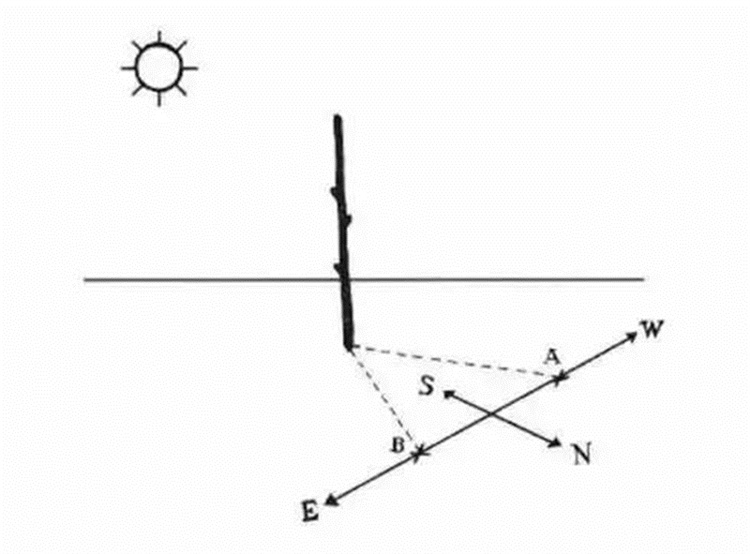
The sun is the best reference when looking for direction during the day, and you can use the sun's shadow to judge the direction. We know that the sun rises from the east and falls from the west. Put up a stick on the ground and mark the location of the shadow cast by its tip on the ground, and after 15 minutes, mark the location of the shadow at the tip of the stick once again. In the northern hemisphere, we can put the left foot on the first mark, the right foot on the second mark, then at this time you face the direction is due north, in the southern hemisphere is just the opposite.
Of course the straighter the pole, the more perpendicular to the ground, the closer to 12 noon, the more accurate the measured direction.
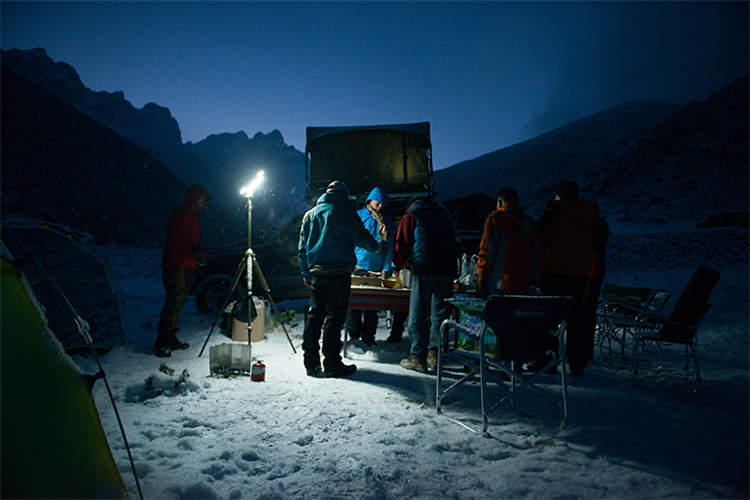
Injuries are the last thing we want to see in outdoor activities, but we can't avoid them completely.
Food poisoning
If you feel sick after eating food in the wild, vomit as soon as possible by picking your throat, drink plenty of water and seek medical attention as soon as possible. Do not pick anything to eat in the outdoors unless you have to, and when you have to, give preference to berries.
When using plants, remember to test allergies first
In the mountains there is a lot of vegetation, the stems inside is a lot of water, but also can use this water to achieve our survival status. But we remember one thing, there are many plants inside the mountain can be poisonous, we are not sure if it can be eaten, as far as possible not to eat, in case you have to eat, we can simply do a little allergy testing. The leaves are crushed and put under the tongue or behind the ears for about an hour and a half.
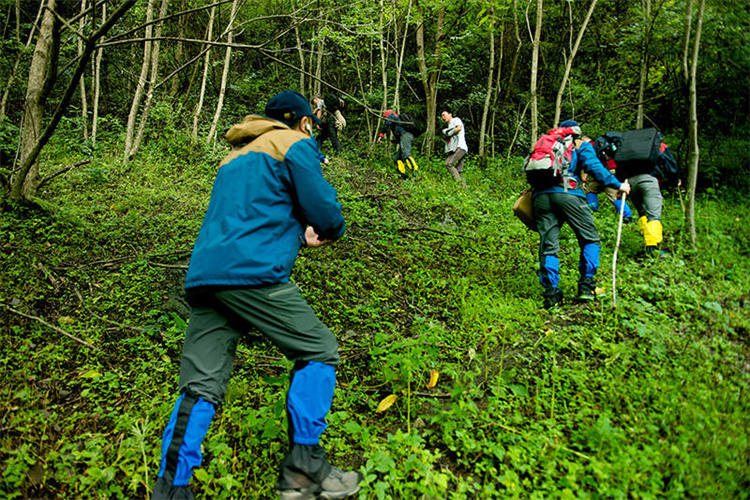
In the event of a superficial wound such as a scrape or cut, the first thing to do is to clean the wound and stop the bleeding as soon as possible.
Do not use hemostatic patches for small wounds where the bleeding has been stopped and the wound is not subject to secondary abrasion. For larger, deeper wounds or if there is more blood flow, do not use hemostatic patches, use medical gauze to hold the wound and seek medical attention as soon as possible.